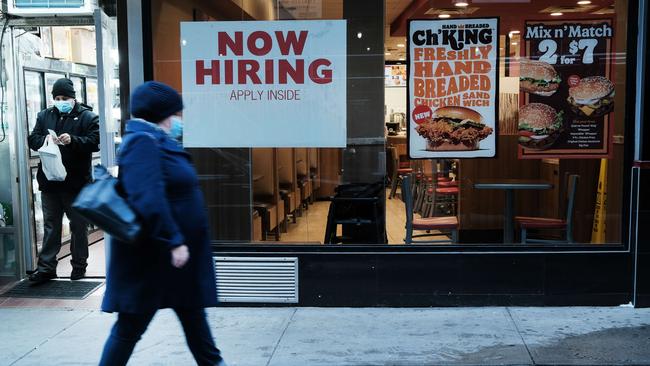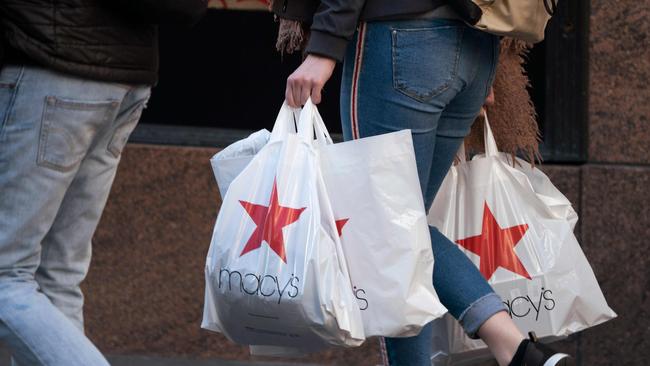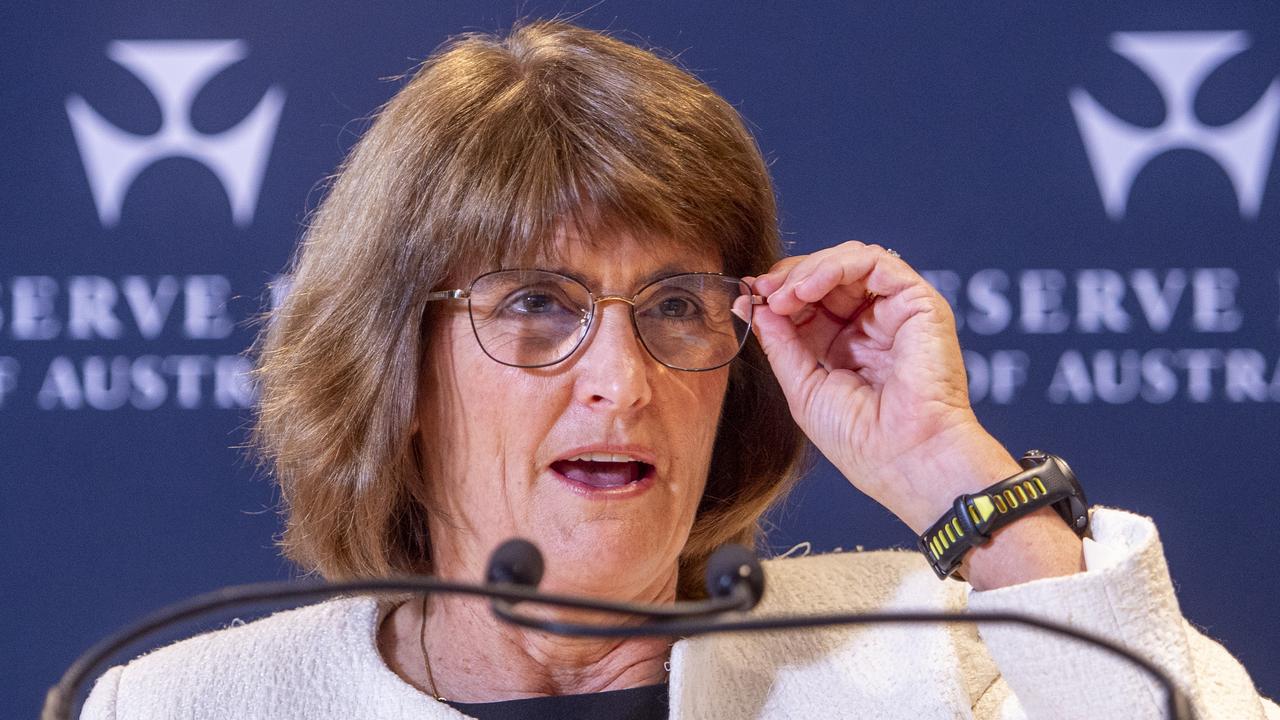Consumers are pivoting spending to services like dining and travel
With many consumers tapped out on buying physical goods, economists hope warmer weather and waning infections will kick-start service purchases.

Americans responded to the pandemic with a dramatic shift in spending from services to goods.
That now appears to be reversing and should gather steam as the Omicron wave of Covid-19 ebbs, economists say.
Consumers shopped more online in the pandemic, and changed what they bought. Unable to eat out or travel, and with both school and work going remote, they splurged more on things for the home such as furniture and computers. Several rounds of federal stimulus amplified that spending spree.
Goods – including non-durable goods such as food and clothing, and durable goods such as cars and appliances – averaged 31 per cent of total personal consumption in the two years before the pandemic. That soared to 36 per cent in March and April 2021, shortly before Covid-19 vaccines became widely available.
The share has been dropping since, to 34 per cent in December. Consumer spending on goods fell that month for the second month in a row, according to the Commerce Department, while spending on services increased slightly.
James Knightley, chief international economist at ING, said consumers were starting this year with “a combination of general fatigue of buying physical things and Omicron reducing the ability to spend on services”.
After bingeing on goods earlier in the pandemic, consumers are taking a breather. What’s more, spending on goods has been hit by supply chain constraints, rising prices and dwindling government stimulus funds.

As warmer weather came to much of the country and falling infection rates helped people feel more comfortable socialising, pent-up demand for services such as travel and dining should recover, said economist Robert Frick.
“If the Omicron wave continues to decline and there’s no follow-up strain, I do think we’re going to see a shift to a more normal breakdown in spending on goods and services,” he said.
That could be important for the inflation outlook. Strong demand for goods coupled with disruptions to their supply have fuelled inflation, sending it to a 39-year high of 7 per cent in December.
Prices for goods such as furniture and appliances rose 10.7 per cent in December from a year earlier, while services inflation for costs such as rent and airline fares was up a more moderate 3.7 per cent. If consumer spending rotates back to services from goods, some of that upward pressure on goods prices should dissipate.
Economists caution that 2022 is off to a weak start. The Omicron wave hurt consumer spending and job growth in December, trends that probably continued through January as cases of the Covid-19 variant peaked. Real-time data show that restaurant bookings and travel remained depressed in January, suggesting the shift away from goods and towards services may have paused in January.
But looking ahead, a strong labour market and rising wages mean many US consumers are starting 2022 with robust income prospects that are likely to help fuel the services recovery this year.
“All the indications are that it will be a big year for travel,” said Visa chief financial officer Vasant Prabhu.
“We see the shift to services continuing to gather momentum.”
Travel, restaurants and entertainment services all stood to benefit, he said, adding the economic impact of Omicron was more short-lived than earlier Covid-19 waves as people learnt to live with the variant.
Airlines were hit hard by the Omicron variant, with travellers scrapping holidays and staff absenteeism prompting flight cancellations over the holidays. Still, executives are optimistic about a speedy recovery.
“The GDP growth we’re seeing now, the excess customer savings, customer spend in other categories and even things like New York City rents snapping back pretty quickly, all seem to indicate real strength for the customer and pent-up demand that wasn’t there in the past,” said David Fintzen, an executive at JetBlue Airways.
One potential roadblock to higher spending in 2022 is inflation, as shortages of supplies and workers push up prices and wages to levels that may become unaffordable to some households.
Some consumers are forgoing purchases because of sticker shock. “We will not buy a used car at the prices we’re seeing now, it’s ridiculous,” said Cory Randall, controller at a cattle company in Amarillo, Texas., who had been considering a second-hand compact car purchase as his son recently turned 16.
Mr Randall isn’t alone. The New York Fed’s most recent survey of consumer expectations found the share of households that made a large purchase over the past four months decreased to 58 per cent in December from 63 per cent in August.
Households reported that they were less likely to make a large purchase over the next four months – such as on a vacation, home repairs, appliances, furniture and vehicles – than in the prior survey.
The Wall Street Journal


